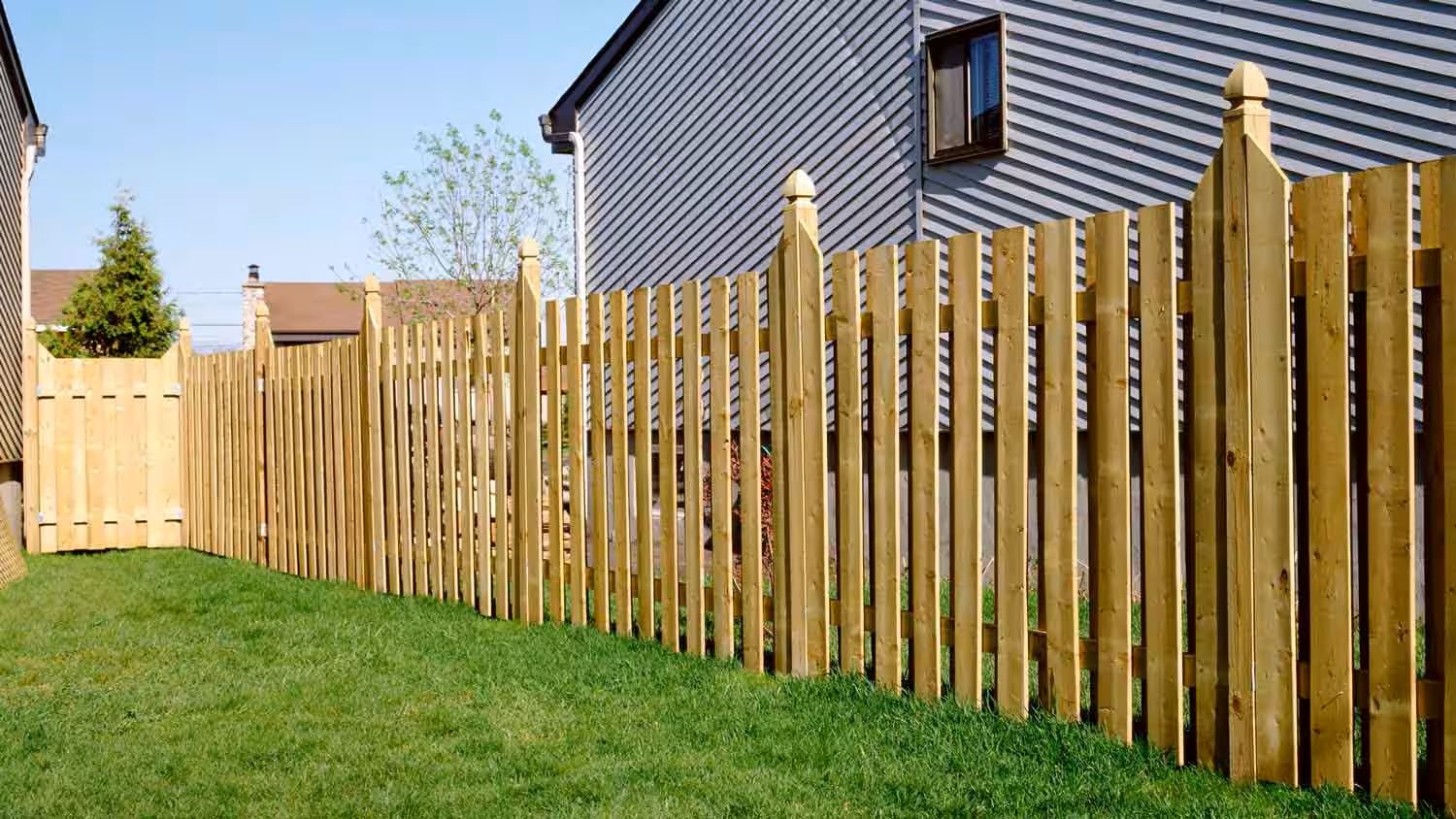

Articles
How Far Do You Space Fence Posts
Modified: October 20, 2024
Learn the proper spacing for fence posts in this informative article. Discover how far apart to place your fence posts for optimal stability and durability.
(Many of the links in this article redirect to a specific reviewed product. Your purchase of these products through affiliate links helps to generate commission for Storables.com, at no extra cost. Learn more)
Introduction
When it comes to building a fence, one crucial factor that is often overlooked is the spacing between fence posts. The space between posts plays a crucial role in the stability and overall effectiveness of the fence. It is important to determine the correct distance for placing fence posts, as it can vary depending on various factors such as the type of soil, fence style, and even the height of the fence.
Fence posts act as the backbone of any fence. They provide support and stability, ensuring that the fence remains upright and durable. The correct spacing between fence posts not only ensures the structural integrity of the fence but also affects its overall appearance.
Before diving into the details of how far to space fence posts, it is essential to consider a few key factors that will influence your decision.
Key Takeaways:
- Proper spacing between fence posts is crucial for stability and longevity. Factors such as soil type, fence height, and post material influence the optimal spacing.
- While a general rule of thumb suggests 6 to 8 feet spacing, exceptions like uneven terrain and high wind areas may require adjustments. Consulting professionals and adhering to local regulations is essential.
Read more: How Far Apart Are Chain Link Fence Posts
Factors to Consider
When determining the spacing between fence posts, there are several crucial factors that you need to take into account. These factors will play a significant role in determining the optimal spacing for your fence posts. Let’s explore them below:
- Soil Type and Condition: The type and condition of the soil can greatly affect the stability of your fence. Rocky or sandy soils may require additional support and closer spacing between posts to ensure a sturdy fence. On the other hand, clay soils provide better support, allowing for wider spacing between posts.
- Fence Height and Style: The height and style of your fence will also impact the spacing between posts. Taller fences, such as those used for privacy or security purposes, require closer spacing to prevent sagging and ensure stability. Additionally, fence styles that are more susceptible to wind resistance, like open or picket fences, may also require tighter spacing between posts.
- Post Material and Diameter: The material and diameter of the fence posts will affect their strength and ability to support the fence. Thicker and more robust posts will generally allow for wider spacing, as they offer greater stability. Conversely, thinner posts made of weaker materials may require closer spacing for added support.
- Type of Fence: The type of fence you are installing will also influence the spacing between posts. Different types of fences have varying requirements regarding post spacing. For example, a chain-link fence might have different spacing recommendations compared to a wooden fence. Consult the manufacturer’s guidelines or consult an expert to ensure you are following the appropriate spacing guidelines for your specific fence type.
Considering these factors is essential to determine the optimal spacing between fence posts that will ensure both stability and longevity for your fence. However, there are also some general guidelines that can serve as a starting point when it comes to post spacing.
Soil Type and Condition
One of the first factors to consider when determining the spacing between fence posts is the type and condition of the soil in which the fence will be installed. The characteristics of the soil can greatly affect the stability and longevity of the fence.
1. Rocky Soil: If your soil has a high concentration of rocks, it can present challenges when it comes to installing fence posts. Rocks can hinder the proper insertion of posts into the ground, making it difficult to achieve adequate stability. In such cases, it is recommended to space the fence posts closer together to ensure maximum support and prevent leaning or sagging.
2. Sandy Soil: Sandy soil, on the other hand, is loose and provides less stability for fence posts. When installing a fence in sandy soil, it is important to space the posts closer together to prevent them from shifting or wobbling. By reducing the distance between posts, you increase the amount of support and stability for the fence.
3. Clay Soil: Clay soil is known for its compactness and ability to hold moisture. It is generally more stable than sandy or rocky soil types. As a result, you can space the fence posts farther apart in clay soil, ensuring that the fence remains upright and secure.
It is important to note that soil conditions can vary even within the same property. Therefore, it is recommended to evaluate the soil throughout the fence line and adjust the spacing accordingly. If there are areas with different soil types, it may be necessary to adjust the spacing to accommodate for the varying conditions.
In addition to considering the soil type, you should also take into account the condition of the soil. Soft or wet soil may require closer post spacing since it can become unstable and lead to sagging or leaning fences. On the other hand, dry or compacted soil may allow for wider post spacing, providing that the necessary depth and stability can still be achieved.
By understanding the characteristics of your soil and adjusting the spacing accordingly, you can ensure that your fence will stand strong and stable for years to come.
Fence Height and Style
The height and style of your fence are significant factors to consider when determining the spacing between fence posts. These factors directly impact the stability and overall effectiveness of your fence.
1. Fence Height: Taller fences typically require closer spacing between posts to ensure stability. This is especially true for privacy fences or those that serve as wind barriers. The additional weight and pressure on taller fences can cause them to sag or lean if the posts are spaced too far apart. By spacing the posts closer together, you distribute the load evenly and provide better support for the fence.
2. Fence Style: Different fence styles have varying requirements when it comes to post spacing. Open or picket fences, for example, are more susceptible to wind resistance. To prevent the fence from swaying or tipping over, it is crucial to space the posts closer together. On the other hand, solid panel fences may allow for slightly wider spacing, as they provide more structural stability.
When determining the spacing between fence posts for different fence heights and styles, it is advisable to refer to manufacturer guidelines or consult with a fencing professional. They can provide specific recommendations based on the intended use and design of your fence.
It’s important to note that local building codes may also dictate the maximum height and spacing requirements for fences in your area. Always ensure compliance with these regulations to avoid any legal issues or safety concerns.
By considering the height and style of your fence, you can determine the appropriate spacing between posts to maintain stability and ensure a visually appealing outcome.
Post Material and Diameter
The material and diameter of your fence posts play a crucial role in determining the spacing between them. Different materials have varying levels of strength and durability, which directly affect the overall stability of the fence. Additionally, the diameter of the posts can also impact their ability to support the weight and pressure of the fence.
1. Post Material: Common materials used for fence posts include wood, metal, and vinyl. Each material has its own strengths and weaknesses. Wooden posts are popular due to their versatility and affordability, but they require closer spacing to maintain stability. Metal posts, such as steel or aluminum, are more robust and can support wider post spacing. Vinyl posts are also durable and can withstand wider spacing. However, it is essential to consult the manufacturer’s guidelines for the recommended spacing based on the specific material you choose.
2. Post Diameter: The diameter of the fence posts also impacts their strength and stability. Thicker posts offer greater structural support and can withstand wider spacing between them. However, it’s important to find a balance between post diameter and spacing. If the posts are too thick, they may take up too much space or overwhelm the overall fence design. On the other hand, if the posts are too thin, they may require closer spacing to ensure sufficient strength and stability.
When selecting post material and diameter, it is recommended to consult with a fence specialist or consider the guidelines provided by the manufacturer. They can provide specific recommendations based on the intended use, fence style, and environmental factors.
Additionally, it’s important to consider the long-term maintenance requirements of different post materials. Some materials, like wood, may require more regular upkeep and treatment to prevent decay or rot. By selecting the right material and diameter for your fence posts, you can ensure the longevity and durability of your fence.
When spacing fence posts, a general rule of thumb is to place them 6 to 8 feet apart for a standard fence. However, for a stronger or taller fence, consider spacing them closer together for added stability.
Type of Fence
The type of fence you are installing is another crucial factor to consider when determining the spacing between fence posts. Different types of fences require specific guidelines for post placement to ensure proper support and structural integrity.
1. Chain-Link Fence: Chain-link fences are commonly used for residential and commercial properties. The recommended spacing between posts for a chain-link fence is typically 6 to 10 feet apart. This spacing allows for adequate stability and support for the chain-link fabric while still maintaining a cost-effective installation.
2. Wooden Fence: Wooden fences can enhance the aesthetic appeal of your property while providing privacy and security. When installing a wooden fence, the spacing between posts will depend on the height and style of the fence. As a general guideline, posts for a wooden fence should be spaced approximately 6 to 8 feet apart.
3. Vinyl Fence: Vinyl fences are known for their low maintenance and durability. The spacing between posts for a vinyl fence may vary depending on the manufacturer’s guidelines. In most cases, posts can be spaced between 6 to 8 feet apart for optimal stability and support.
4. Wrought Iron Fence: Wrought iron fences add a touch of elegance and security to your property. The spacing between posts for a wrought iron fence will depend on the height and design of the fence. It is recommended to consult with a fencing professional or refer to the manufacturer’s guidelines for the appropriate spacing.
5. Picket Fence: Picket fences are a classic choice for adding charm to your yard. The spacing between pickets will determine the overall spacing between fence posts. As a general rule of thumb, fence posts for a picket fence should be spaced approximately 6 to 8 feet apart.
It’s important to note that these are general guidelines, and specific fence manufacturers may have their own recommendations for post spacing. Always consult the manufacturer’s guidelines or seek advice from a fencing professional to ensure the optimal spacing for your specific fence type.
By considering the type of fence you are installing, you can ensure that the spacing between fence posts is appropriate for that particular style and design, providing you with a sturdy and visually appealing fence.
Spacing Guidelines
While there are several factors to consider when determining the spacing between fence posts, there are some general guidelines that can serve as a starting point for most fence installations. These spacing guidelines can provide you with a baseline to ensure proper support and stability for your fence.
1. The recommended spacing between fence posts is typically between 6 to 8 feet. This distance provides sufficient support for most types of fences while allowing for easy installation and maintenance.
2. Always refer to the manufacturer’s guidelines for the specific type of fence you are installing. Different fence materials and styles may have their own recommended spacing requirements. It is important to follow these guidelines to ensure the integrity and longevity of the fence.
3. Take into account the height and style of your fence. Taller fences or those with open designs may require closer post spacing to prevent sagging or leaning.
4. Consider the soil type and condition. Soil that is rocky or sandy may require closer post spacing for additional stability, while clay soil may allow for wider spacing.
5. If in doubt, consult with a fencing professional or seek advice from the manufacturer. They can provide expert recommendations based on your specific needs and circumstances.
Remember that these are general guidelines and may need to be adjusted based on your unique situation. Factors such as local building codes, wind conditions, and the specific purpose of the fence should also be considered when determining the spacing between fence posts.
By following these spacing guidelines and considering the specific requirements of your fence type, you can ensure the structural integrity and longevity of your fence while creating a visually pleasing enclosure for your property.
General Rule of Thumb
While there are various factors to consider when determining the spacing between fence posts, there is a general rule of thumb that can provide a starting point for most fence installations. This rule of thumb can serve as a guideline to ensure adequate support and stability for your fence.
The general rule of thumb is to space fence posts approximately 6 to 8 feet apart. This spacing allows for proper distribution of weight and provides adequate support for the fence structure. By spacing the posts within this range, you can help prevent sagging, leaning, and other structural issues that can arise from inadequate support.
However, it’s essential to note that this rule of thumb may need to be adjusted depending on various factors, such as the height and style of the fence, soil conditions, and the specific type of fence being installed. Taller fences or those with open designs that are more susceptible to wind resistance may require closer post spacing for added stability.
Consulting the manufacturer’s guidelines or seeking advice from a fencing professional is recommended to ensure the appropriate spacing for your specific fence type and design. They can take into account the specific characteristics of your fence and provide expert recommendations tailored to your unique situation.
Keep in mind that local building codes may also dictate specific post spacing requirements for fences in your area. Always ensure compliance with these regulations to avoid any legal issues or safety concerns.
By following the general rule of thumb and considering the specific requirements of your fence, you can ensure that the spacing between fence posts is appropriate for the size, style, and purpose of your fence. This will help provide a stable and visually appealing structure that will stand the test of time.
Exceptions and Special Circumstances
While there are general guidelines and a rule of thumb for spacing between fence posts, there may be exceptions and special circumstances that require adjustments or specific considerations. These exceptions and special circumstances can arise due to unique factors related to your property or the specific purpose of the fence. Here are a few examples:
1. Uneven Terrain: If your property has uneven terrain or slopes, it may require adjusting the spacing between fence posts. In areas with significant slopes, posts may need to be installed closer together to accommodate for the changes in ground elevation and maintain a consistent fence height.
2. High Wind Areas: If you live in an area prone to high winds, such as coastal regions or open plains, it is important to consider the wind resistance of your fence. In these cases, closer post spacing and additional reinforcement may be necessary to ensure the fence can withstand strong gusts of wind without collapsing or leaning.
3. Gate Locations and Supports: Gate locations require additional consideration when it comes to post spacing. Gates create additional stress and weight on the fence structure, so it is important to install additional posts on each side of the gate for added support. These posts can be placed closer together to provide the necessary reinforcement.
4. Heavy Fencing Materials: If you are using heavy fencing materials such as stone or concrete panels, closer post spacing may be required to provide proper support. These materials can be significantly heavier than traditional fencing materials and may cause excessive strain if not adequately supported.
5. Security Fencing: For fences designed for security purposes, such as those with anti-climbing measures or barbed wire, it is crucial to consult local regulations and guidelines. These types of fences may have specific requirements regarding post spacing, height, and additional reinforcement for added security and safety.
When faced with exceptions or special circumstances, it is highly recommended to consult with a professional fence installer or engineer. They can assess the specific conditions of your property and provide expert advice on the appropriate spacing and reinforcement needed to ensure the stability and functionality of your fence.
Remember, every property and fence installation is unique. It is important to take into account any exceptions or special circumstances that may arise and adjust the post spacing accordingly. By doing so, you will ensure that your fence provides the desired functionality, durability, and visual appeal.
Read more: How Deep Do Fence Posts Need To Be
Conclusion
Determining the spacing between fence posts is a crucial aspect of building a sturdy and durable fence. By considering factors such as soil type and condition, fence height and style, post material and diameter, and the specific type of fence, you can ensure the proper support and stability of your fence.
While there are general guidelines and a rule of thumb for post spacing, it is important to remember that every property and fence installation is unique. Exceptions and special circumstances, such as uneven terrain, high wind areas, gate locations, heavy fencing materials, and security requirements, may require adjustments to the standard post spacing recommendations.
Consulting with a fencing professional or referring to the manufacturer’s guidelines is highly recommended to ensure the appropriate spacing for your specific fence type. They can take into account the specific characteristics of your property and recommend the best post spacing options to maximize stability and longevity.
Compliance with local building codes and regulations is also essential to avoid any legal issues or safety concerns. Always check the requirements of your area to ensure that your fence meets the necessary standards.
In conclusion, the spacing between fence posts should be carefully considered to ensure the structural integrity and functionality of your fence. By taking the time to evaluate factors such as soil type, fence height and style, post material and diameter, and any exceptions or special circumstances, you can create a fence that not only enhances the aesthetics of your property but also provides the necessary support and durability for years to come.
Frequently Asked Questions about How Far Do You Space Fence Posts
Was this page helpful?
At Storables.com, we guarantee accurate and reliable information. Our content, validated by Expert Board Contributors, is crafted following stringent Editorial Policies. We're committed to providing you with well-researched, expert-backed insights for all your informational needs.
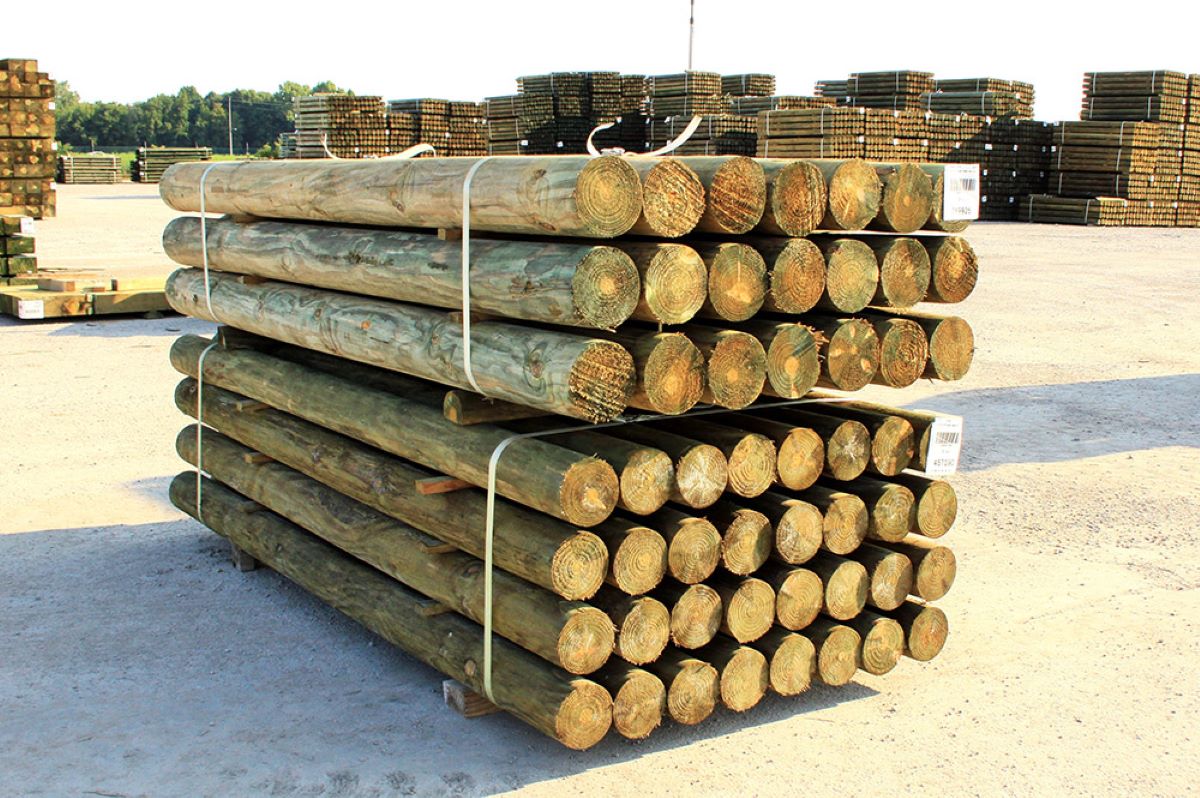
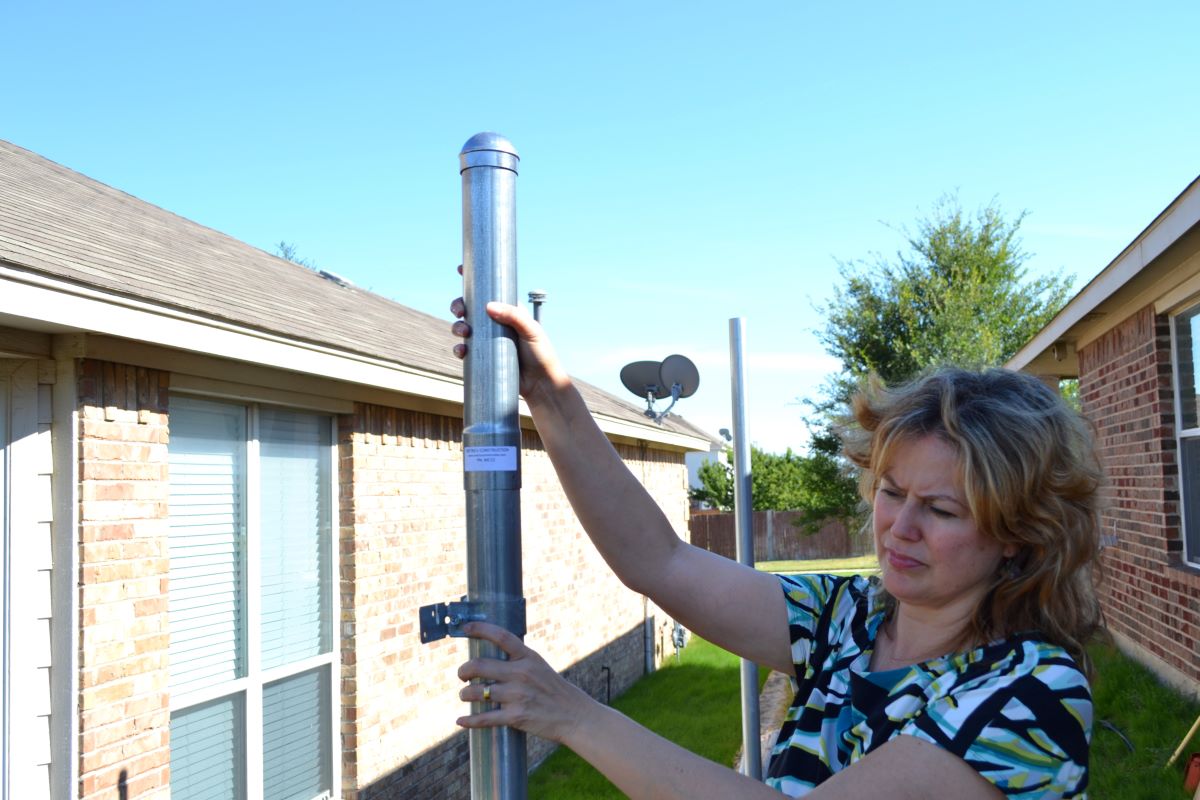
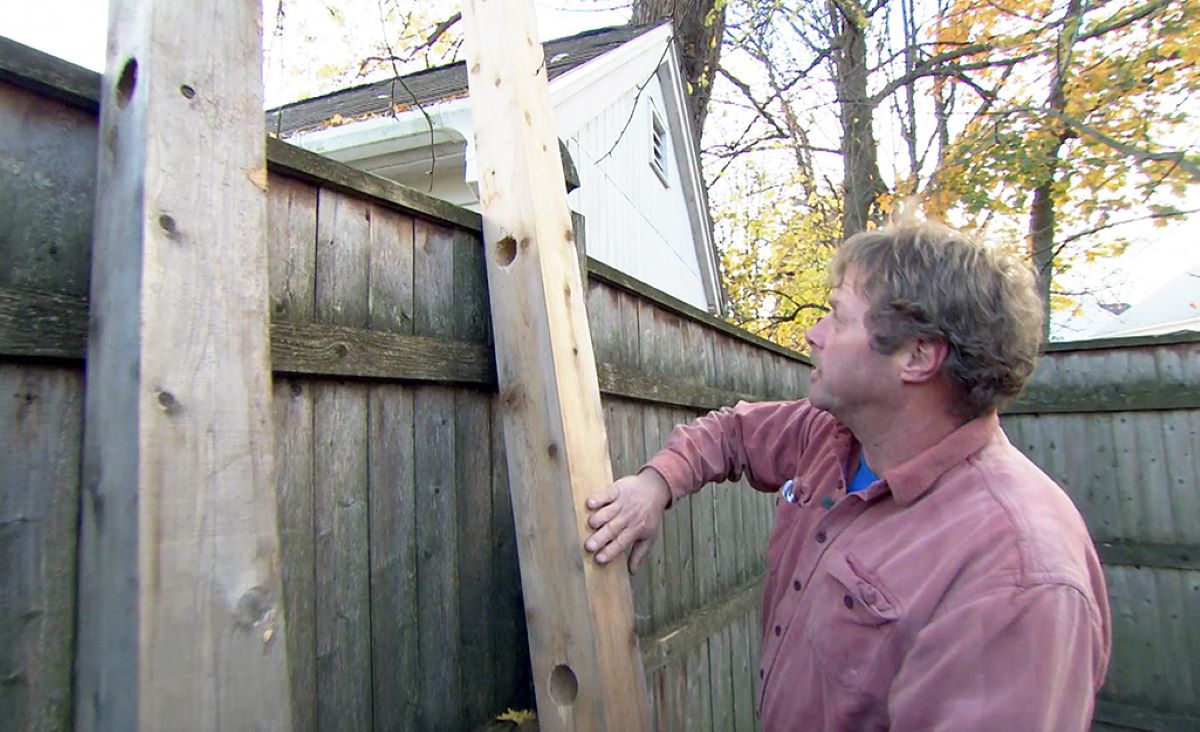
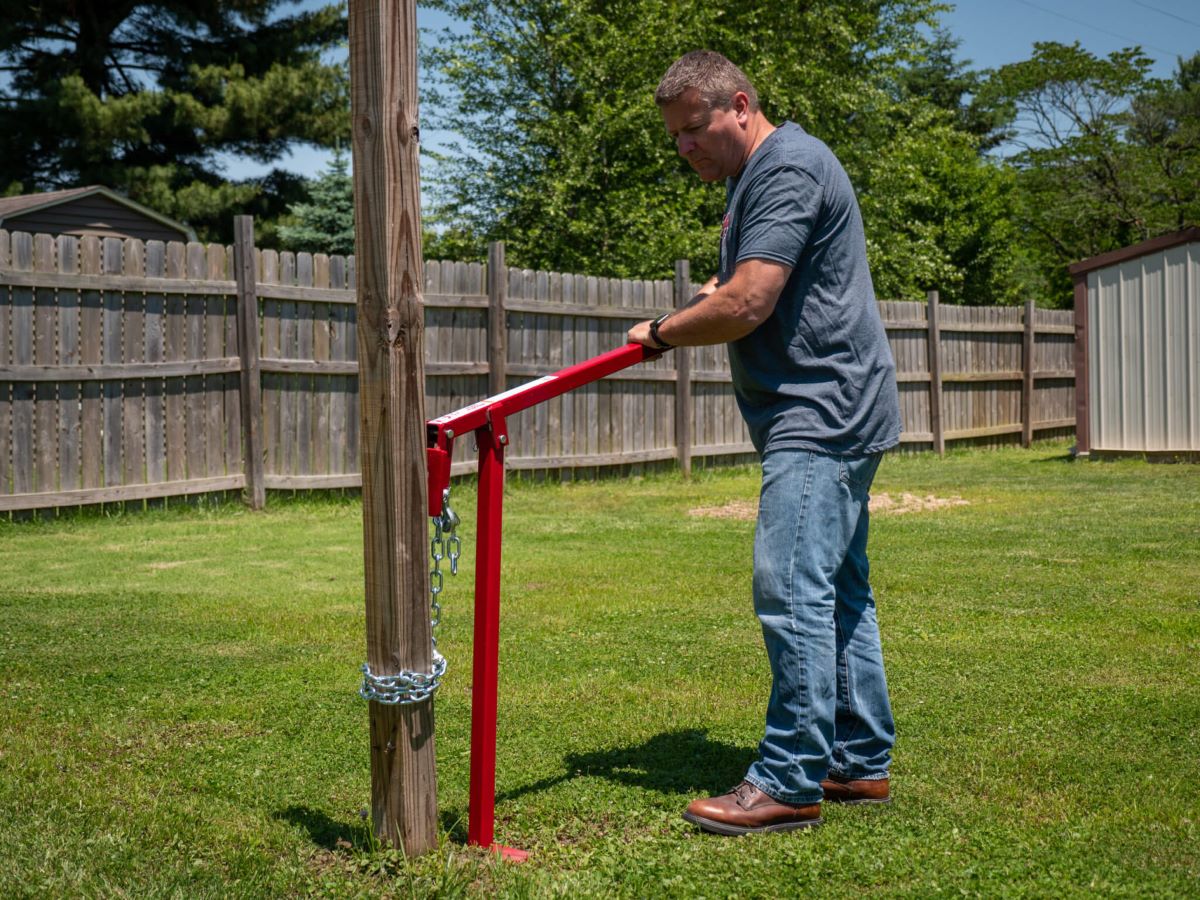
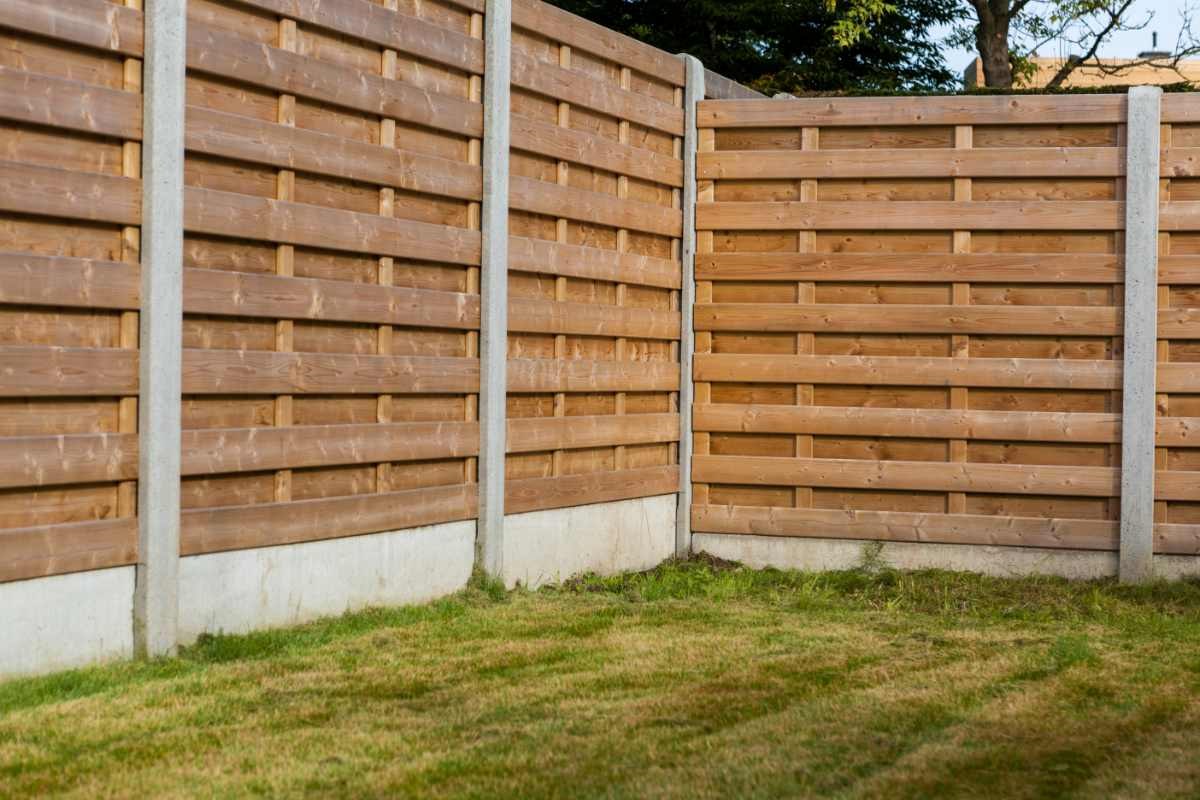
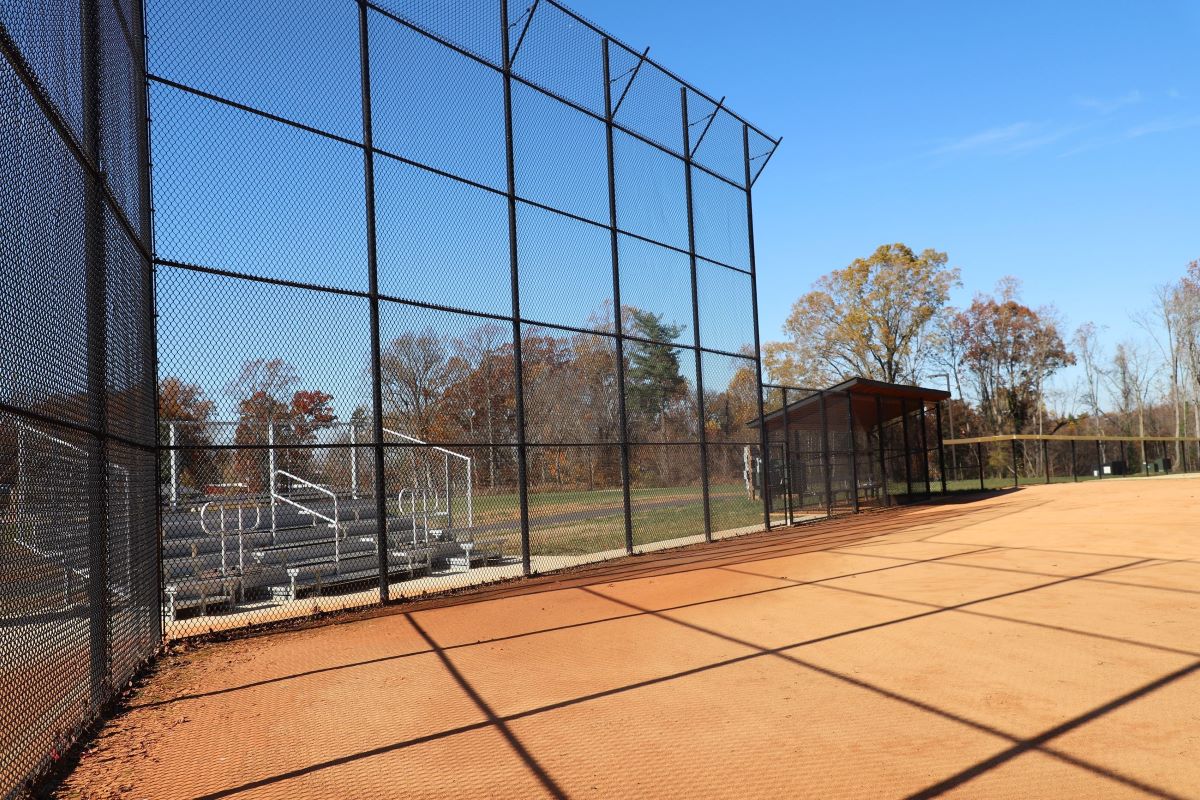
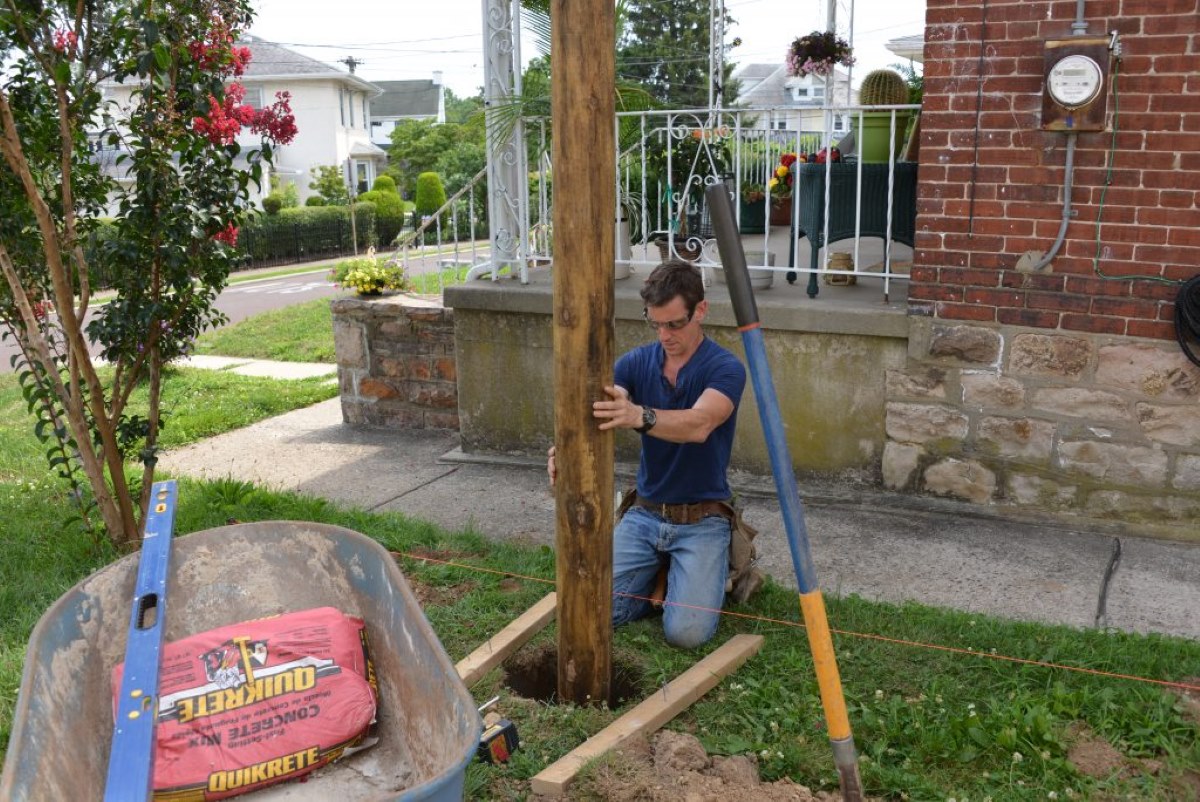
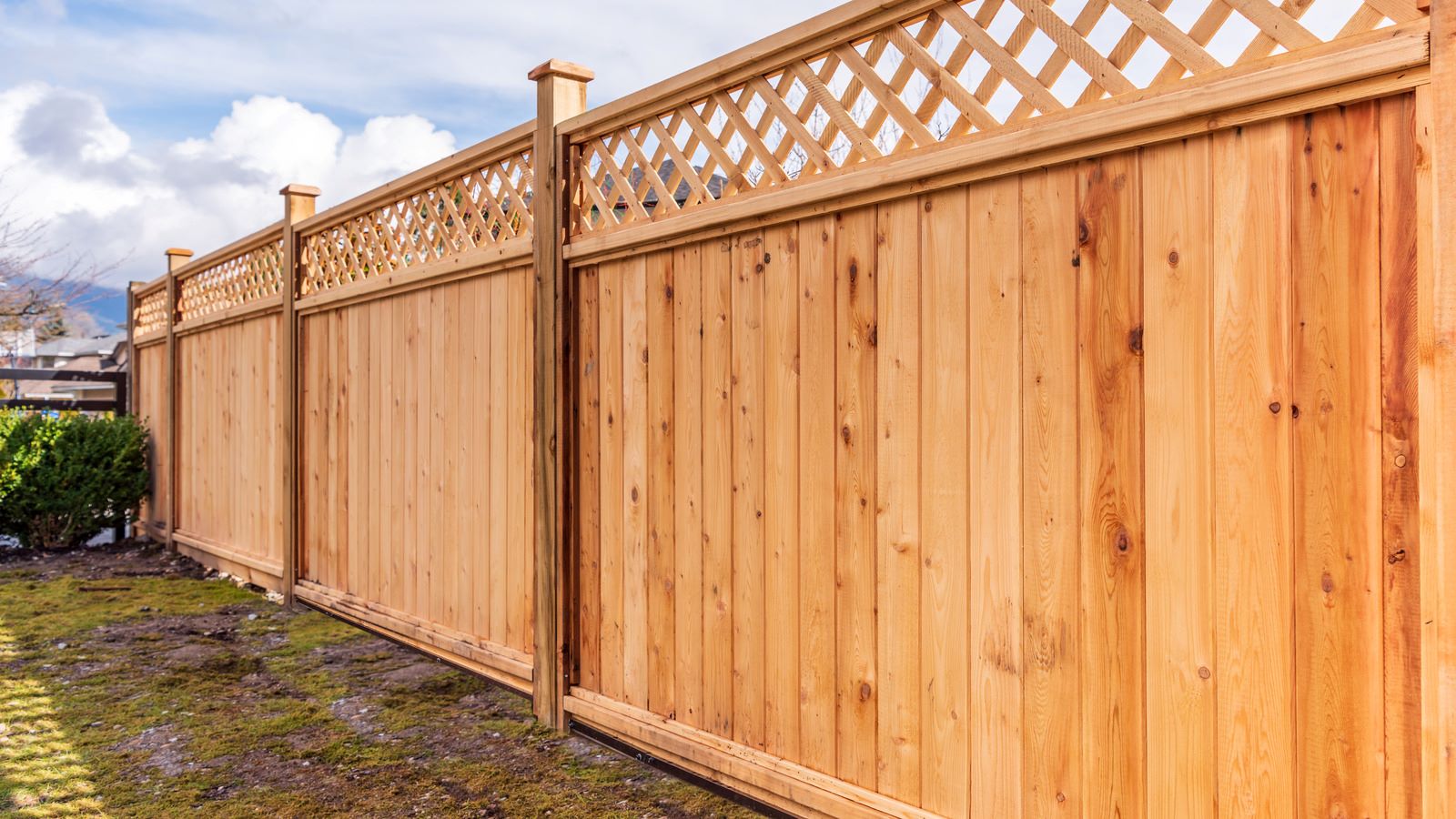
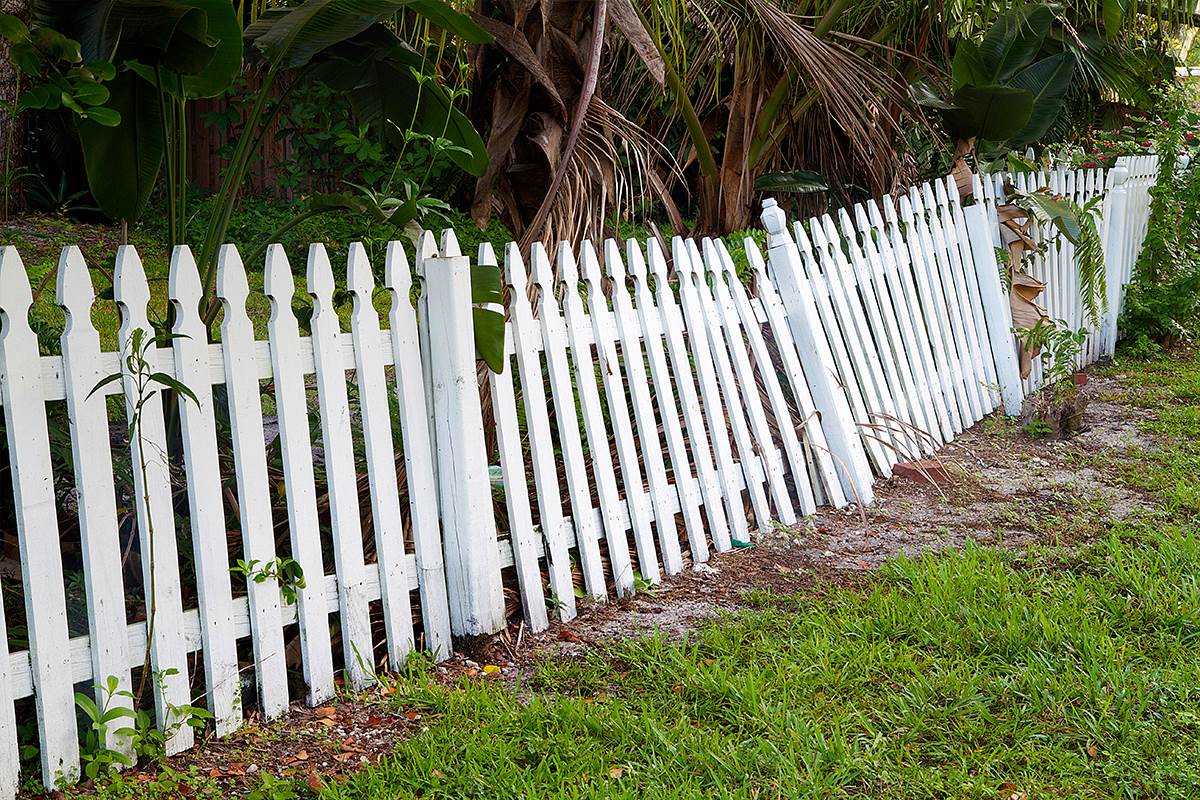
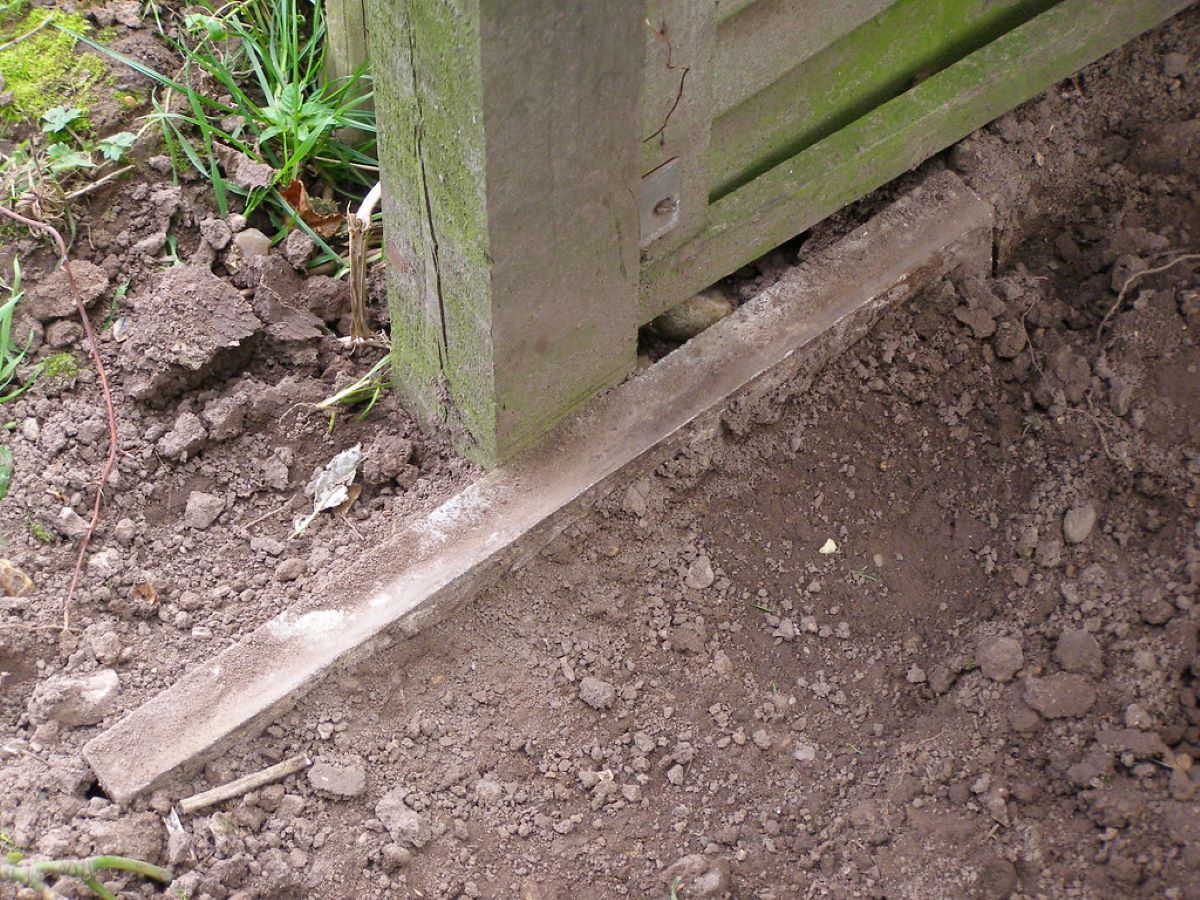
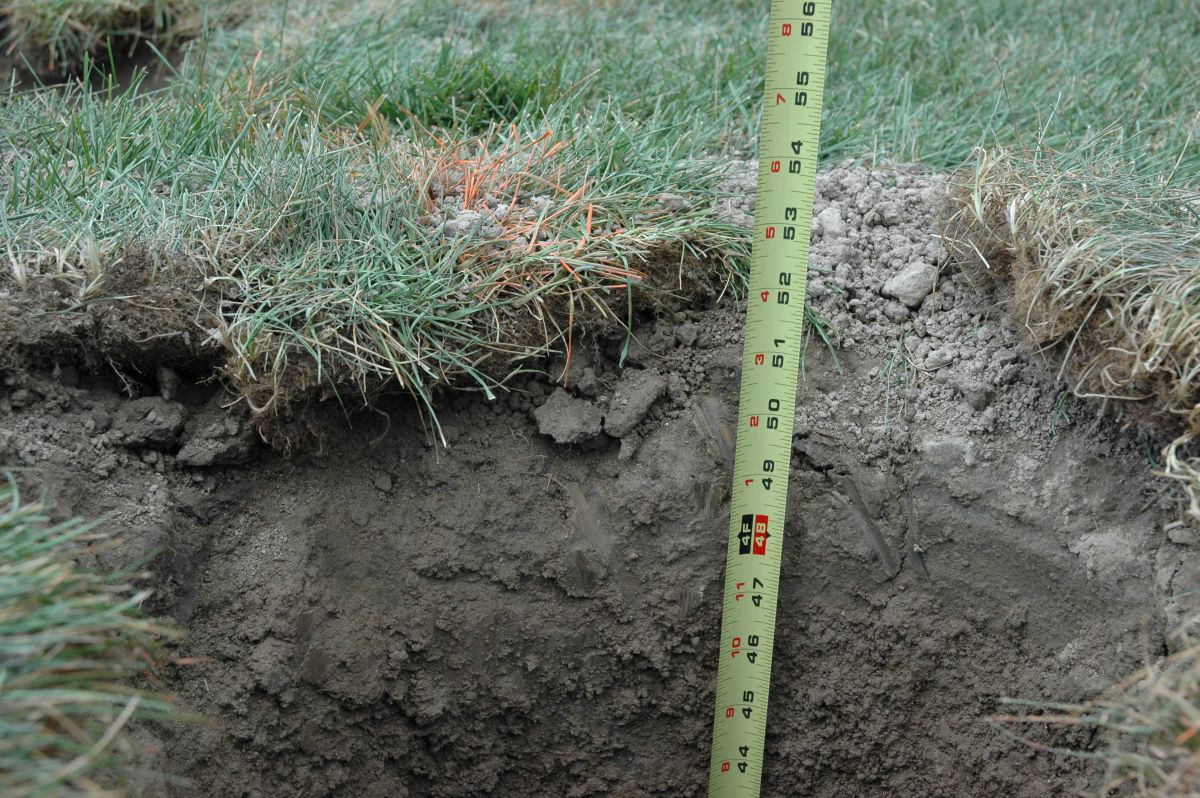
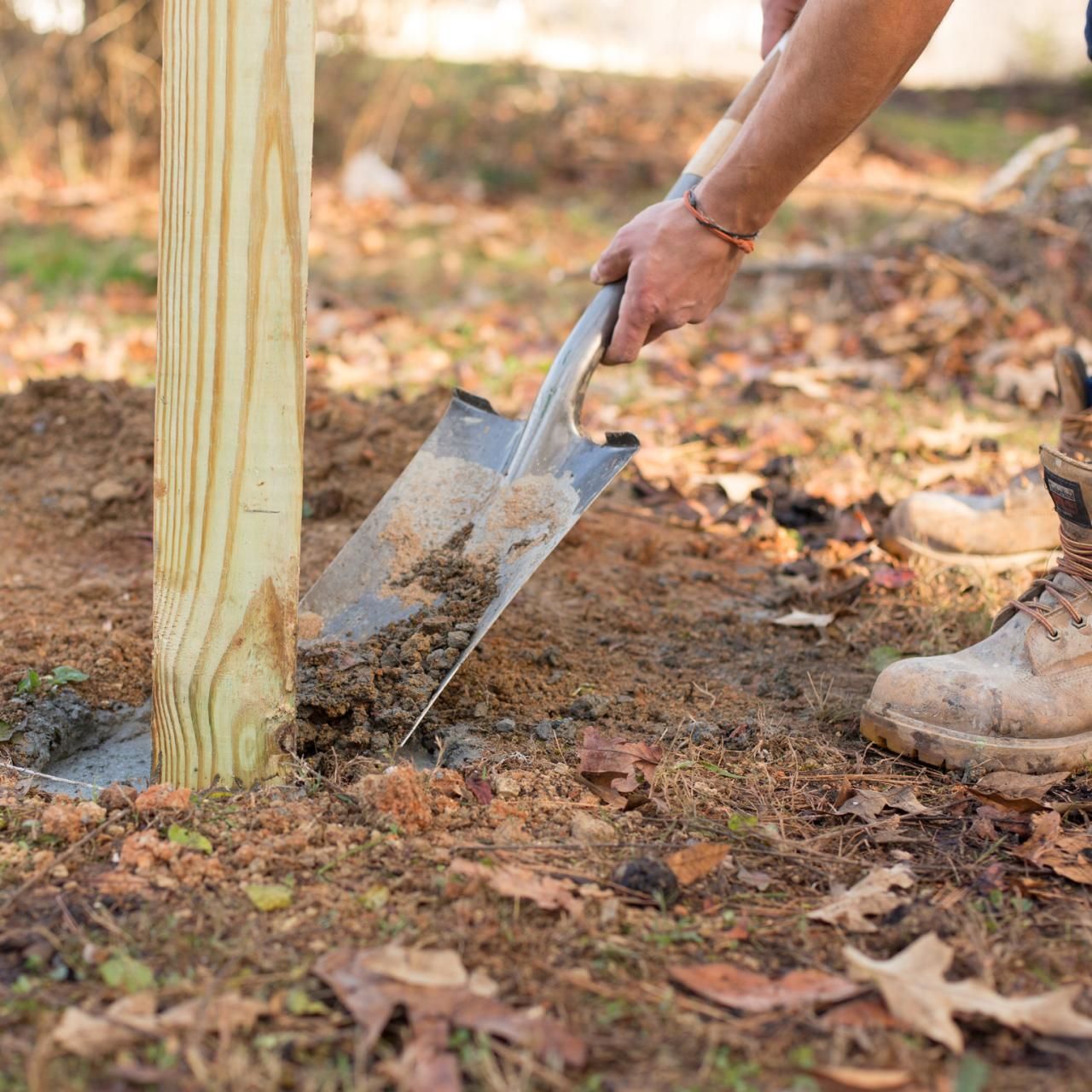
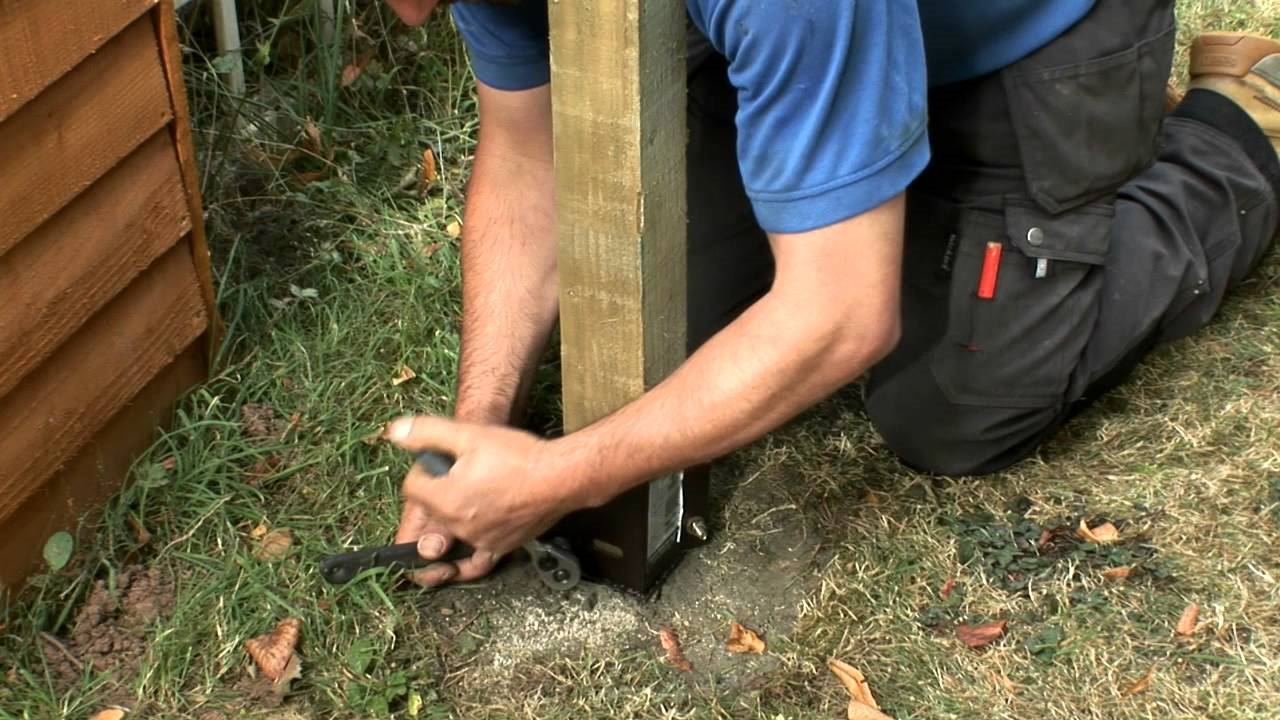

0 thoughts on “How Far Do You Space Fence Posts”